SARE relies on local, farmer-driven leadership to guide our investments in research and education projects that improve the sustainability of U.S. agriculture.
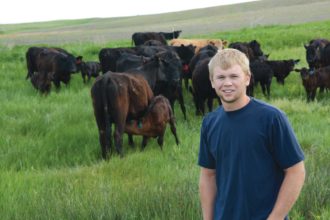
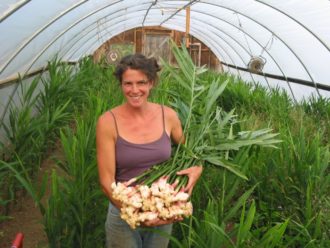
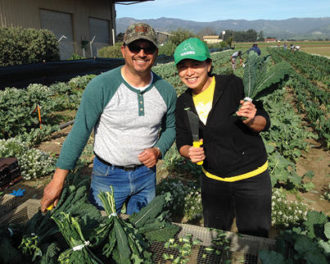
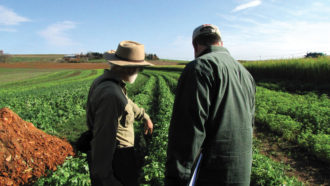
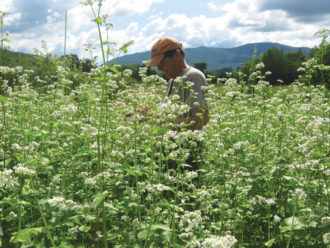
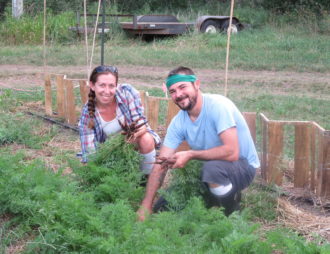
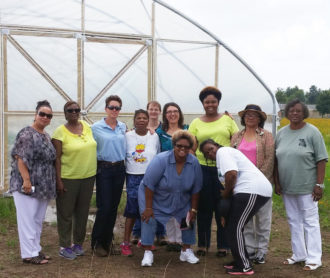
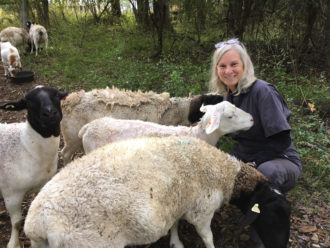
Four regional offices (North Central, Northeast, South and West) administer our grants and conduct educational activities, reaching every U.S. state and island protectorate. Each region supports state-level programs that can provide local information about sustainable practices and learning opportunities.
Learn more about SARE's regionally based leadership structure.
GET GRANT INFORMATION
Our competitive grants are available to farmers, ranchers, researchers, educators and others involved in U.S. agriculture for research and education projects. Visit the appropriate SARE region to learn about current opportunities.
To learn about grant opportunities, visit your regional site.
The journey through this SARE grant project has been enlightening and transformative for our farm operation. These learnings are not just pivotal for our operation but also hold valuable insight for the broader farming community, emphasizing the role of grants like SARE in fostering innovation and collective growth in sustainable agriculture.
To learn about grant opportunities, visit your regional site.
SARE helped us curb the costs of trying out an initial idea, which was really helpful for this endeavor.
To learn about grant opportunities, visit your regional site.
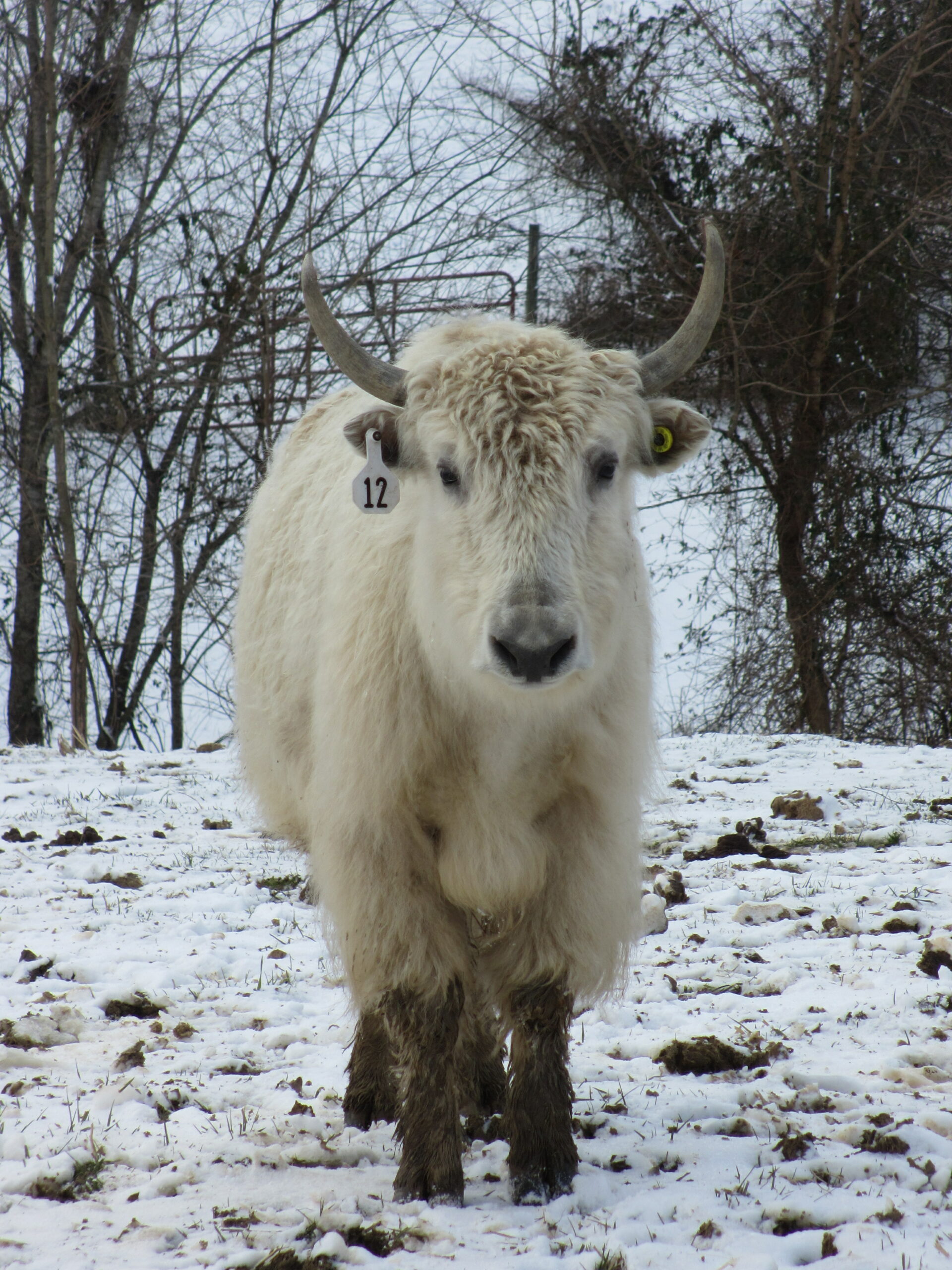
I would like to thank the SARE program for funding my project to expand the possible economic potential yaks can bring to small acreage farms and larger beef producers. This project has brought together a half dozen agricultural specialists from Morehead State University and the University of Kentucky to work on issues concerning yak husbandry. The entire project and where it is leading is exciting.
To learn about grant opportunities, visit your regional site.
At the end of the day, it’s the producers we’re thinking about. We hope that the yields we see will be the same or higher with reduced nitorgen applications. This benefits the producer and the environment.



